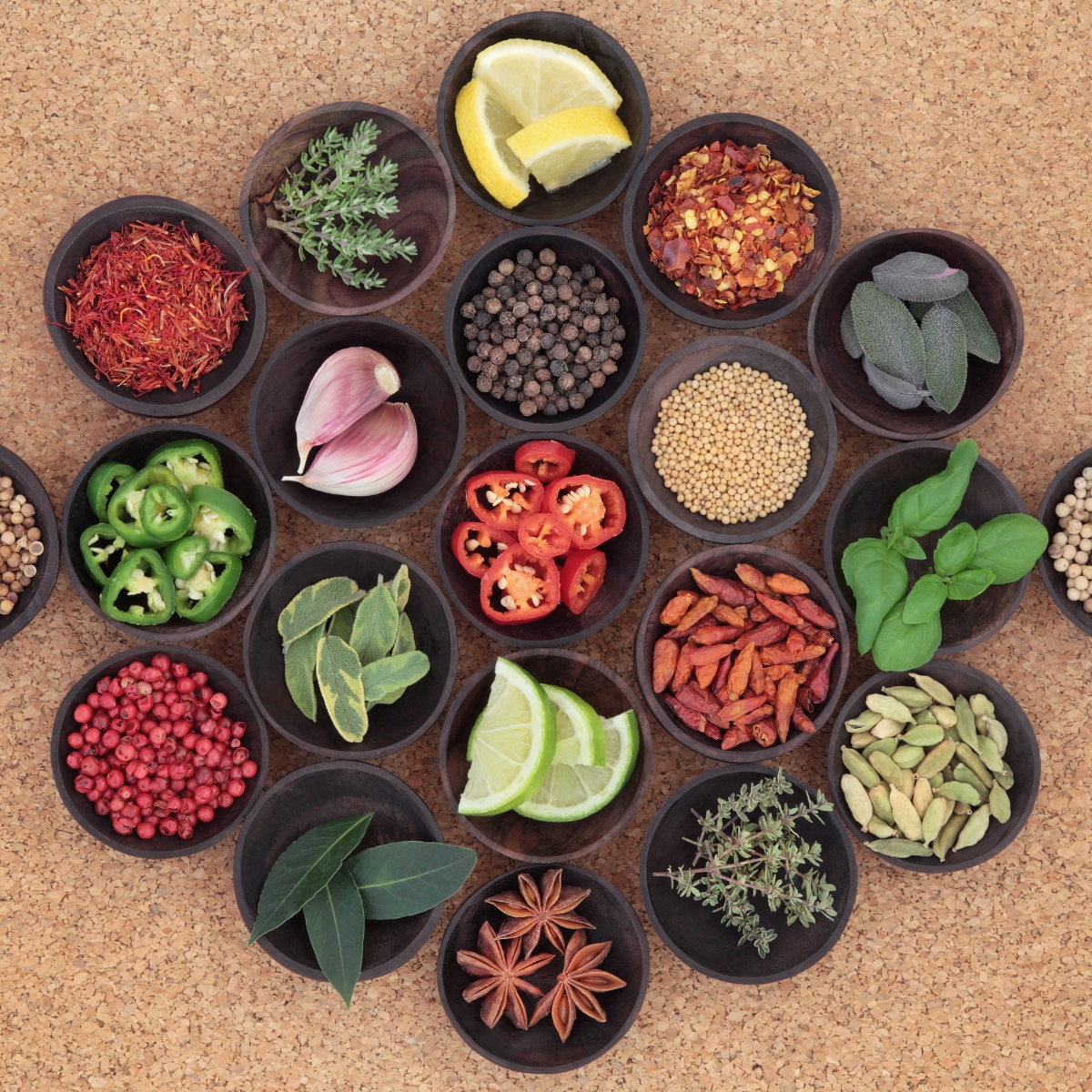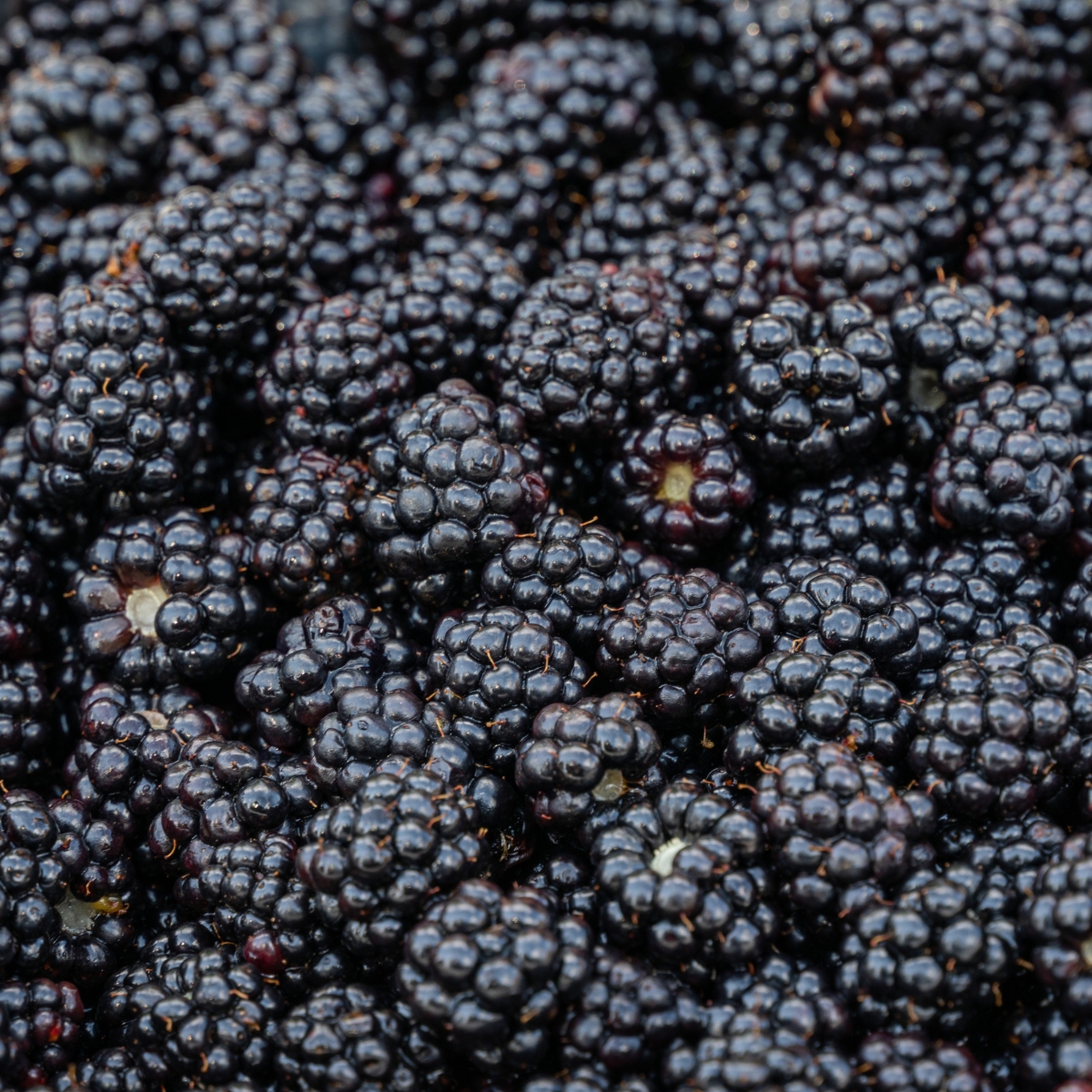Consuming a diet rich in fresh, in-season produce is a great way to ensure that you get the nutrients you need and end each meal feeling satisfied. The foods available during the spring vary depending on where you live. Visiting your neighbourhood farmers market in the spring is a great way to eat seasonally, help your community, and do your part for the planet.
Produce During the Springtime
Consuming fruits is a smart choice because they are tasty, nourishing, and good for you. The benefits of these are well-documented. Fruits that are in season are at their peak of nutrient density. Among the tastiest fruits available this spring, we recommend the following.
Mango
Mangoes, a consumer favourite, are in abundance this time of year. In India, you can choose from one of the approximately 1500 mango varieties, each with its own unique and delicious flavour. Numerous options exist, from the pink Gulab-Khas to the more robust Alphonso and Himsagar. The tasty spring fruit is available from early April to the middle of June, and it has been shown to reduce fever, strengthen the immune system, and protect against cardiovascular disease. But it has to be used properly.
Papaya
For their sweet flavor and high vitamin C content, papayas are a popular springtime fruit. The skin of a ripe papaya is a vibrant shade of greenish yellow. The Indian states of Karnataka, Andhra Pradesh, Maharashtra, & Gujarat are major producers of papayas. Weight loss is accelerated, and other health benefits include protection from sun damage, improved heart health, and relief from irritable bowel syndrome and other digestive issues.
Watermelon
Every meal that is prepared during the springtime should include watermelons, which have a pleasantly sweet and juicy interior in addition to a vibrant green rind. They are satiating, and they can assist you in maintaining your hydration levels. Because they lower your core temperature, enhance cell growth, and support eye health and nutrition, watermelons are a nutritional saviour on days when the temperature is really high. They are also helpful in preventing kidney stones & cardiovascular disease, two conditions that can be detrimental to one’s health.
Plum
Plums, which have a form that is almost identical to that of an apple, are exceptionally good for one’s health due to the fact that they contain a significant quantity of beneficial nutrients such as sorbitol and fibre. Consuming plums will help you maintain a youthful and glowing appearance of your skin. They contribute to the avoidance of scarring, the regulation of blood sugar, the elimination of toxins, and the preservation of healthy blood pressure.
Blackberry
You may include these fresh spring fruits into a range of recipes, such as a wholesome smoothie or a topping for oat pancakes, for instance. They have a low caloric content while also having a high proportion of dietary fibre and nutrient content. Consuming them has been shown to improve brain health, manage diabetes, speed up your metabolism, make it easier to lose weight, and promote strong bone growth.
Springtime produce
One way to add more flavor to your meals is to incorporate vegetables that are in season during the springtime into your regular cooking routine. The following is a list of some additional ones:
Broccoli
This leafy green vegetable packs a powerful nutritional punch thanks to its high vitamin C and A content, as well as its high fibre and antioxidant content. In addition to being beneficial for your eyes, skin, and immune system, it helps to reduce the risk of developing chronic diseases such as heart disease. Broccoli should have a vibrant green colour; therefore, you should avoid purchasing any that are beginning to turn yellow. It can last in the refrigerator for about a week. It may be steamed and boiled first, and then placed in a salad with the dressing of your choice after being served.
Peas
These are an excellent choice whether you follow a vegetarian diet or are just looking to increase your intake of vegetables this spring. Because they are packed with essential nutrients like vitamins A, C, and K in addition to minerals like iron and magnesium a diet that includes them is absolutely necessary for maintaining good health. Because they contain a high amount of fibre, peas are fantastic for the health of your digestive system. The flavour of fresh peas can’t be beat. Due to the high starch content of these ingredients, they make a wonderful addition to starchy dishes such as curry and noodles.
Aubergine
Eggplant, also known as brinjal, is an excellent food choice that can help you meet your daily requirements for vitamin and fibre intake. It is beneficial to the health of the cardiovascular system, lowers the risk of inflammation, and protects as well as strengthens the eyes. If the aubergines you want to buy are dented or discolored, do not purchase them. Steaming or roasting brings out the best flavour in them. There are a variety of ways in which aubergines can be prepared within Indian cuisine.
Cabbage
They have a very light green colour, and the crunch they provide is very satisfying. Because of the high vitamin K content, they strengthen the immune system and protect against cardiovascular disease. In addition to this, it has been discovered that they possess properties that make them applicable in the field of radiation therapy. You may eat them raw in seasoned salads, or you can cook them and slice them very thinly to use in stir-fries. Both options are delicious.
The Belgian Sprouting System
Brussels sprouts are a popular vegetable in the springtime and are known for the bright green colour of their leaves. Because holes in Brussels sprouts may be an indication that they have been damaged by insects, it is advisable to avoid purchasing them if at all possible. They have anti-inflammatory properties because to the necessary fatty acids, vitamins B1 & B6, and antioxidants that they contain. They take on a wonderful flavour after being cooked in a sauté pan and seasoned. Their incorporation is not only beneficial to salads but also to pasta dishes.
An explanation of what it means to eat foods that are in season.
Foods are said to be seasonal if they are typically gathered, prepared, and eaten during a particular time of the year. The cuisine of springtime is characterised by its vivid colours and abundance of nutrients, making it an excellent choice for revitalising both your body and your mind.The spring season is the best time to indulge in a scrumptious assortment of vegetables and fruits including the likes of artichokes, asparagus, and delicious strawberries. In the kitchen, you can achieve fantastic results by making use of herbs like cilantro, parsley, & mint that are at their peak during the springtime. Additionally, this time of year is ideal for consuming seafood such as mackerel, bass, or cod for dinner.
You may make a nutritious and delectable snack on the road by tossing them in a salad or blending them into a smoothie. Their adaptability lends itself well to a wide variety of dishes, including salads, stir-fries, soups, and stews, to name just a few examples. These recipes might benefit from having a dash of uniqueness added to them by the use of dandelion or violet blossoms.
Seasonal foods are typically higher in flavour as well as nutrient content, making them a great addition to meals served during the springtime. It is not difficult to prepare a dinner that is both good for you and satisfies your hunger thanks to the wide availability of mouthwatering foods. The spring season is a great time to take it easy and refresh oneself.
Recipes for the New Season
Spring has arrived when the days start getting longer, the temperatures start rising, and the birds start singing again. There are a lot of excellent seasonal dishes that are only available during this time of year. This spring is the ideal time to venture into uncharted culinary terrain and savour the bounty that the season has to offer. Many people consider asparagus to be an essential part of the diet during springtime. In addition to its health benefits, this vegetable has a distinct flavor that goes well with a wide variety of dishes. Because of its adaptability, asparagus can be enjoyed in a variety of ways, including uncooked in a salad, cooked in a stir-fry, and roasted as a side dish.
Another fruit that is only available during certain times of the year, such as the spring, is rhubarb. This sour fruit can be used in the preparation of sweet foods such as pies, compotes, and jams. Rhubarb makes for delicious and wholesome smoothies, but the fruit itself is also a healthy option that can be consumed on its own as a bite-sized snack. Not to mention the abundant fresh fruit that can be purchased during the springtime. At this time of year, a wide variety of berries, such as strawberries, blueberries, and cherries, are easily accessible and can be used to make any dish taste better. Peas, carrots, and lettuce are some of the excellent spring veggies that can be eaten either raw or cooked.
At the very end, you shouldn’t overlook the opportunity to use any of the numerous spring herbs and spices that are currently available. Make use of these in order to add some zing to your dinners and a splash of color to your cuisine. It is possible to make delicious salads or dips with chives, dill, or parsley; all three of these herbs are excellent choices.
There are a lot of tasty options available throughout the springtime, regardless of the type of food that you prefer. The assortment of asparagus, rhubarb, strawberries, & herbs guarantees that there will be something that appeals to each and every customer. Create some new dishes using the abundant ingredients that spring provides.
Benefits of Eating Seasonal Foods
Eating seasonal foods in spring has many benefits for both our health and the environment. Eating seasonal foods means that the produce is at its peak ripeness and nutritional value, providing us with the best possible nutritional benefits. Seasonal produce is also fresher and tastes better than produce that has been in cold storage for weeks or months. Additionally, seasonal produce is more likely to be locally grown, meaning that it has not been transported long distances and has not been exposed to harsh chemicals to extend its shelf-life. Eating seasonal foods in spring also helps to reduce our environmental impact. Produce grown seasonally requires less water, fertilizer, and pesticide use than produce grown out of season, which helps to reduce water pollution and the number of chemicals entering our food chain.
Additionally, when we eat locally grown seasonal produce, we are reducing the amount of fuel used to transport food, and the amount of plastic packaging used to protect it. Finally, eating seasonal foods in spring helps us to connect to the natural environment. Eating foods that reflect the season encourages us to be more mindful of the changing seasons and to appreciate the beauty of nature. Taking the time to enjoy seasonal produce encourages us to slow down and to appreciate the natural cycles of the earth.
In conclusion, eating seasonal foods in spring has many benefits for both our health and the environment. Seasonal produce is fresher, more nutritious, and more flavorful than produce grown out of season, and it is also better for the environment. Finally, eating seasonal foods helps us to reconnect to nature and to appreciate the changing seasons.
Frequently Asked Questions:
-
What kinds of foods do we eat during the springtime?
Although they begin to enter their offseason in April, brussels sprouts, cabbage, cauliflower, celeriac, chicory, purple-sprouting broccoli, artichoke, leek, pak choi, parsnip, pepper, swede, sweet potato, and turnip are at their peak quality during this time of year.
-
Why is it beneficial to consume what’s in season?
Since seasonal produce hasn’t had to travel as far, it retains more of its nutrients and flavour when eaten fresh. Since vegetables begin losing their nutrients immediately after they are picked, it is common practice to use pesticides, waxes, and preservatives to preserve foods that are out of season. Therefore, the sooner they arrive at your table, the better.
-
Where do spring flavours come from?
Spring greens are among the first edibles to emerge from the garden in terms of flavour. This spring, plant a “grown-up” tabletop container garden or check out the first farmers market in your area selling home-grown veggies for salads. One more delicious springtime treat is maple syrup.
-
Which scents remind you of spring?
Green aromas are synonymous with springtime. This time of year conjures up images of renewal, cheer, and blossoms. Bergamot, lemon, and mandarin, together with romantic flower notes like iris, jasmine, and rose, are quintessential spring notes.
-
In what ways do the five senses experience spring?
The spring season is full of opportunities to put our knowledge and senses to the test. More mental associations and connections can be made with a concept when more than one sense is engaged. So, we link certain olfactory, gustatory, visual, and haptic (touch) cues to particular experiences and things in our memory.




Leave a Reply